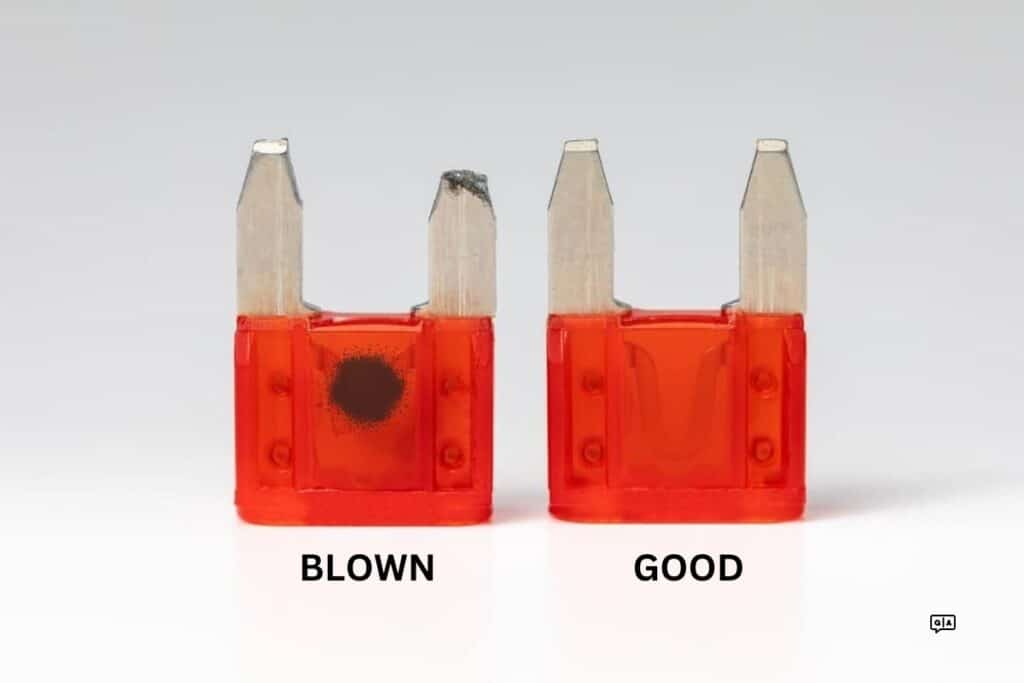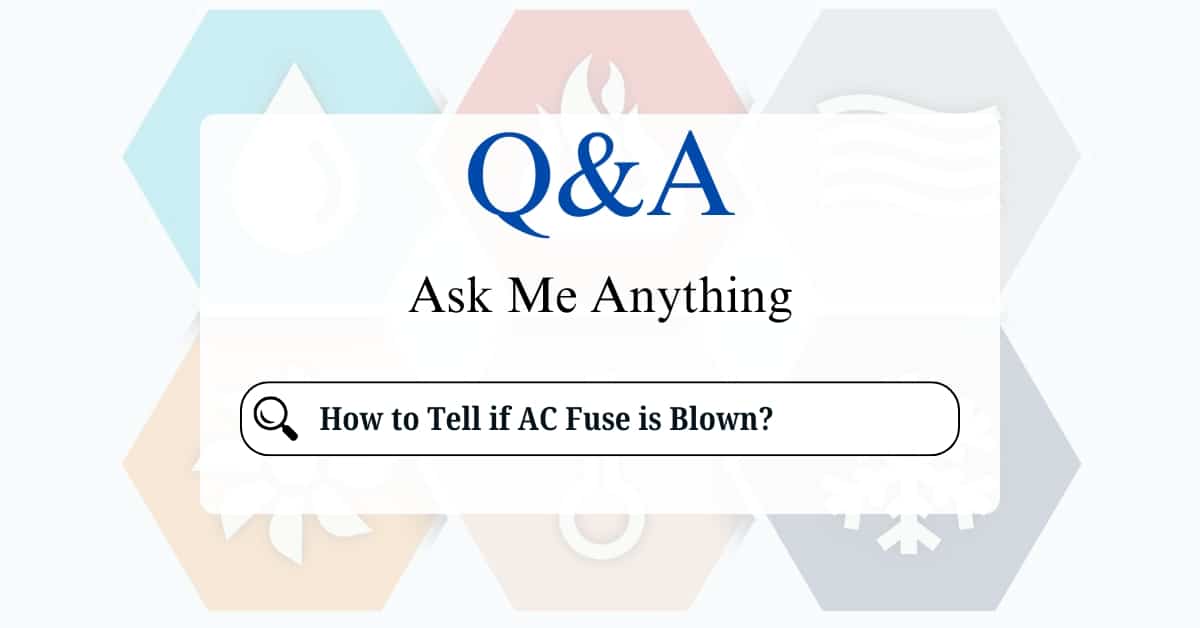A blown fuse in your air conditioning (AC) system can cause it to stop working, leaving your home uncomfortably warm. Identifying and addressing a blown AC fuse is essential to restoring your system’s operation. Here’s a detailed guide on how to tell if an AC fuse is blown, including the tools you’ll need and safety precautions.
What Are AC Fuses and Why Are They Important?
AC fuses protect the electrical components of your air conditioning system by breaking the circuit when there is an overload or short circuit. They are located in the disconnect box near your outdoor AC unit. If a fuse blows, it interrupts power to the unit, preventing damage to the compressor, fan, and other critical parts.
What is the lifespan of an AC fuse?
An AC fuse can have a lifespan of up to 20 years, depending on various factors such as its type, usage, and environmental conditions.
Signs of a Blown AC Fuse
- The most obvious sign of a blown fuse is that the AC system does not start or respond when the thermostat signals it to cool.
- If the indoor blower fan is running but the outdoor unit is silent and unresponsive, a blown fuse might be the cause.
- If the circuit breaker is repeatedly tripping, it may indicate an electrical issue related to the fuse.
- A faint humming noise from the outdoor unit with no further activity could signal that the unit is receiving power but a fuse issue is preventing full operation.
- If you detect a burnt smell or see visible damage, such as blackened areas around the fuse holder or disconnect box, the fuse is likely blown.

Tools You’ll Need:
- Multimeter (for testing the fuse)
- Screwdriver (to open the disconnect box)
- Gloves and safety goggles
- Replacement fuses (if necessary)
- Voltage tester (optional but useful for verifying no live power)
How to Test If an AC Fuse Is Blown
1. Ensure Safety First
- Turn off the power to the AC unit at the main electrical panel. Flip the breaker that controls the AC to the off position.
- Wear insulated gloves and safety goggles to protect yourself from electrical hazards.
2. Locate the AC Fuses
- Find the disconnect box near the outdoor unit. This box contains the fuses and acts as a safety device to cut power to the unit.
- Open the disconnect box using a screwdriver. Inside, you’ll find either cartridge fuses or a fuse block.
3. Inspect the Fuses
- Look at the fuses for any visible signs of damage, such as blackened or melted spots. A damaged fuse is likely blown.
- Ensure that the fuse rating (in amps) matches the requirements for your AC unit. The rating is usually printed on the fuse or indicated on the unit’s label.
4. Test the Fuses with a Multimeter
- Turn the multimeter to the continuity or resistance setting (often labeled as Ω or a diode symbol).
- Remove the fuse from the holder.
- Place one probe of the multimeter on each end of the fuse.
- If the multimeter beeps or shows a low resistance reading (close to 0 ohms), the fuse is functional.
- If there’s no beep or the reading is infinite (OL or ∞), the fuse is blown and must be replaced.
5. Verify Power to the Unit
- If the fuses are intact, use a voltage tester to ensure power is being supplied to the AC unit.
- If no power is reaching the unit despite good fuses, there may be a wiring or circuit breaker issue.
Replacing a Blown AC Fuse
- Buy the correct replacement fuse by matching the amperage and voltage rating of the old fuse. Using the wrong fuse can damage the system or create safety risks.
- Insert the new fuse into the holder, ensuring a secure connection.
- Close the disconnect box, secure the cover, and turn the circuit breaker back on.
- Turn the thermostat to a cooling setting and ensure the AC unit starts and operates normally.
Preventing Future Fuse Issues
- Regular maintenance
- Ensuring the unit is not drawing more current than the fuse can handle
- Using only fuses and components rated for your specific AC model
When to Call a Professional
If you’ve determined the fuse is not the issue or the new fuse blows immediately, contact an HVAC technician. Persistent fuse problems could indicate:
- A short circuit in the wiring
- A failing compressor
- Electrical overloads due to faulty components
- Issues with the capacitor or relay
Proper troubleshooting not only restores your AC’s operation but also prevents further damage to the system.






